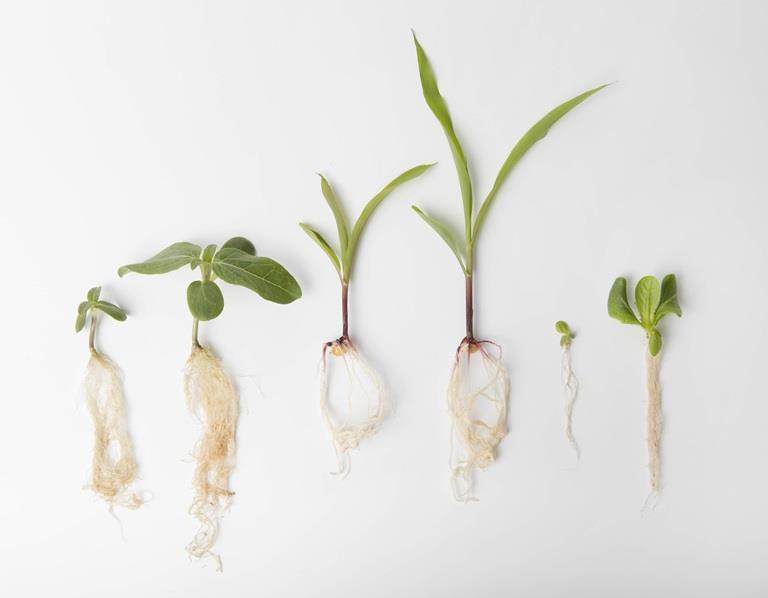The fight against soil borne pathogens
Microorganisms can use different modes of action to protect the plant, for instance induced resistance, competition, or antibiosis.
Induced resistance
Induced resistance is a state of enhanced defensive capacity, the plant is already prepared for a possible attack of soil pathogens resulting in a quicker response. There are two different types of induced resistance, Induced Systemic Resistance (ISR) and Systemic Acquired Resistance (SAR). ISR works through the jasmonic acid signalling pathway and SAR through the salicylic acid pathways.Competition
Both space and nutrients are part of the competition between beneficial microorganisms and soil pathogens. When the beneficial microorganisms colonize the root surface there is no space anymore for the pathogen settlement. If the beneficial microorganism is established at an early stage, it can also compete for the nutrients making survival even more difficult for the pathogens. This is where application of microorganisms on seed can play an important role, more about this in later articles.There is a tough competition going on between beneficial microorganisms and soil pathogens
Antibiosis
Antibiosis is an interaction between two or more organisms that is detrimental for at least one of them. Microorganisms produce a wide variety of metabolites with a lot of different functions, some of these have antimicrobial effect. For instance, the fungus Penicillium secretes a harmful substance (antibiotic) that prevents the life of other microorganisms around it.
Microbes of interest
Within the fungal species Trichoderma, several species such as T. harzianum, T. asperullum, T. viride show bio fungicidal properties through different mechanisms like antibiosis and competition. Several species of the bacterium Bacillus have been identified to have biofungicidal properties, such as B. subtilis and B. amyloliquefaciens. Other microbes presenting activity against soil pathogens are for instance Pseudomonas and Streptomyces.
(The above-mentioned microbial geneses all consist of a wide variety of species and strains. The precise beneficial effects of these microbes depend on the specific species and strain that is used)
